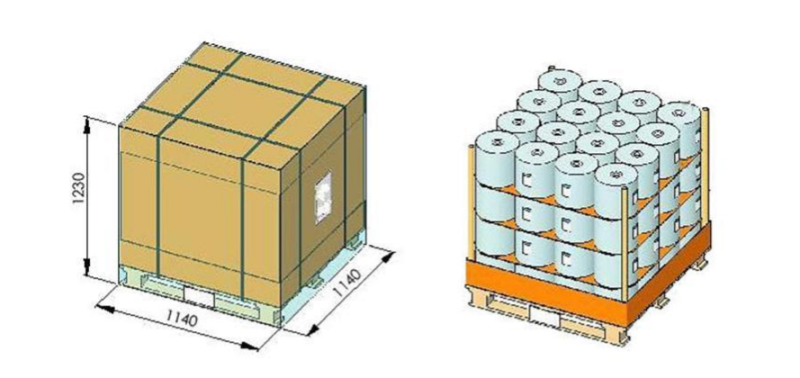Enhanced TDS
Knowde-enriched technical product data sheet
Identification & Functionality
- Chemical Family
- Reinforcement Form
- Reinforcement Material
- Composite Materials Functions
- Sizing Type
- Silane
- Glass Type
- E/ECR/TM
- Technologies
- Product Families
- Identification
Example: ECT 468-2400
ECT: Boron Free E – Glass
468 : CPIC sizing reference
2400: Linear nominal weight of roving (Tex)
Features & Benefits
- Labeling Claims
- Materials Features
- Product Benefits
- Good mechanical properties
- Good performance for processing
Applications & Uses
- Markets
- Applications
- Compatible Polymers & Resins
- Composites End Use
- Composites Processing Methods
Properties
- Physical Form
- Typical Properties
Value Units Test Method / Conditions Filament Diameter ±1 % ISO1888 Filament Diameter 14 μm - Moisture Content max. 0.10 % ISO3344 Tensile Strength (<1200Tex) min. 0.35 N/Tex ISO3341 Tensile Strength (≥1200Tex) min. 0.30 N/Tex ISO3341 Linear Density 600 tex(g/km) - LOI 0.5 % -
Regulatory & Compliance
- Certifications & Compliance
- Certifications
- ISO 9001
- ISO 14001
- OHSAS 18001
Packaging & Availability
- Packaging Type
- Packaging
Each roll of roving is wrapped by shrinkage packing or tacky-pack, then put into pallet or carton box, 48 rolls or 64 rolls each pallet.
- Pallets Characteristics

Storage & Handling
- Storage
The rovings should be stored away from heat and moisture, and in their original packaging. The best conditions are: temperatures between 15 and 35 ºC; humidity between 35 and 65 %. If the product is not stored under these specifications, it is advisable to condition it in the workshop for at least 24 hours before use, to prevent condensation. The pallets can be stored in 2 levels (1/1). CPIC recommends that the material be used according to FIFO (first in, first out) method. It is recommended the use of a spacer plate (10mm) between the pallets.